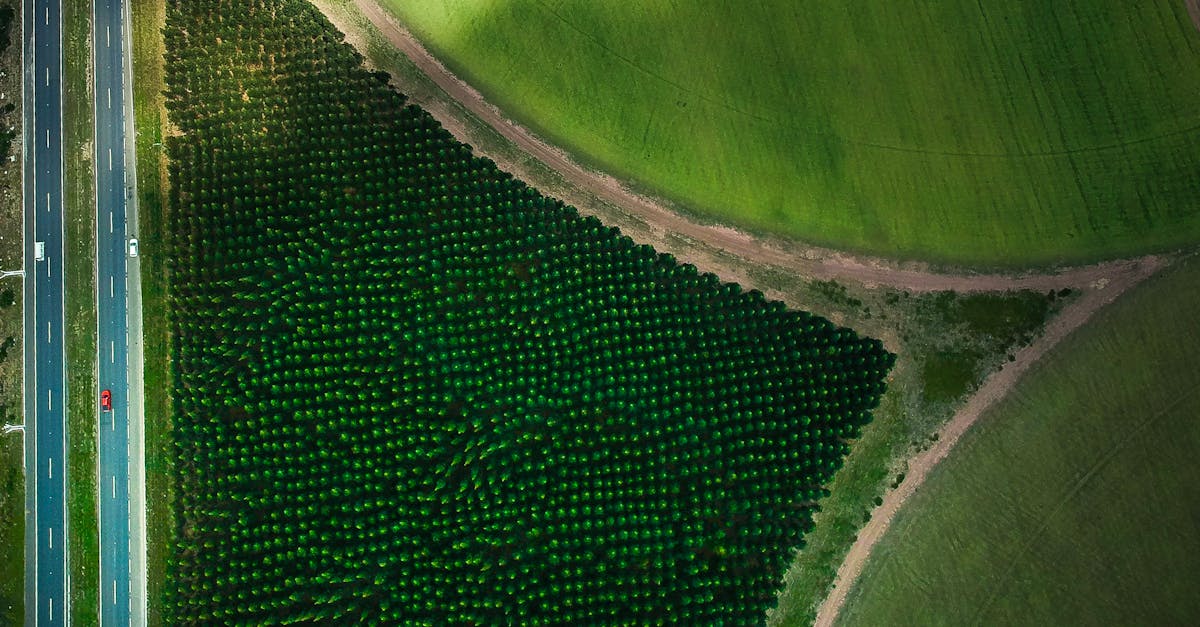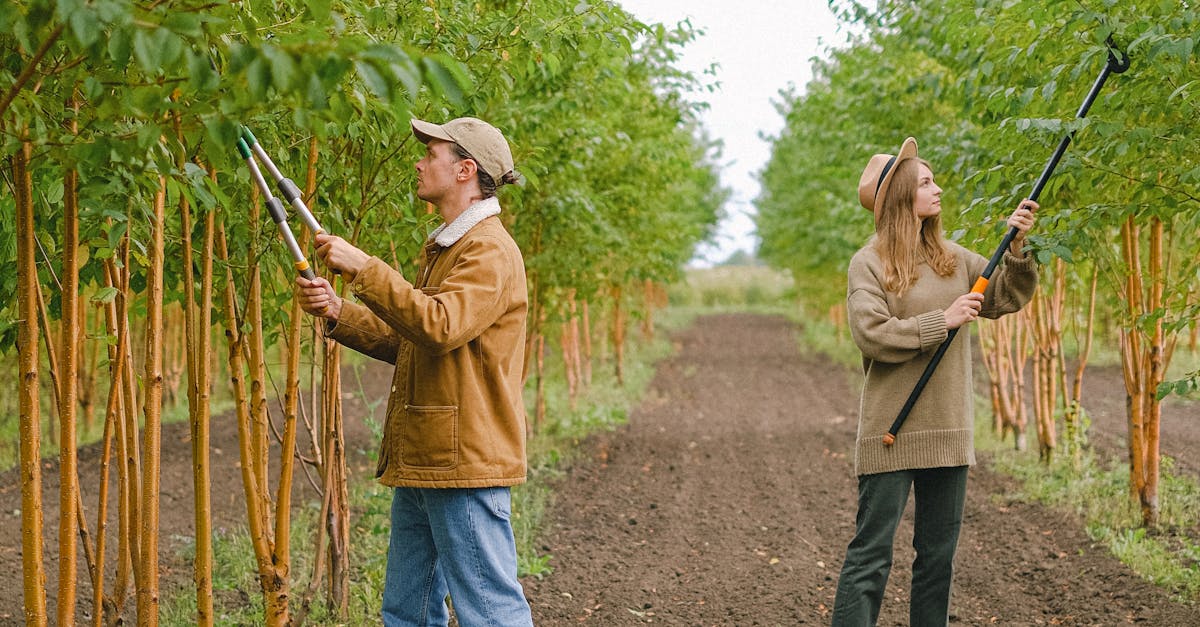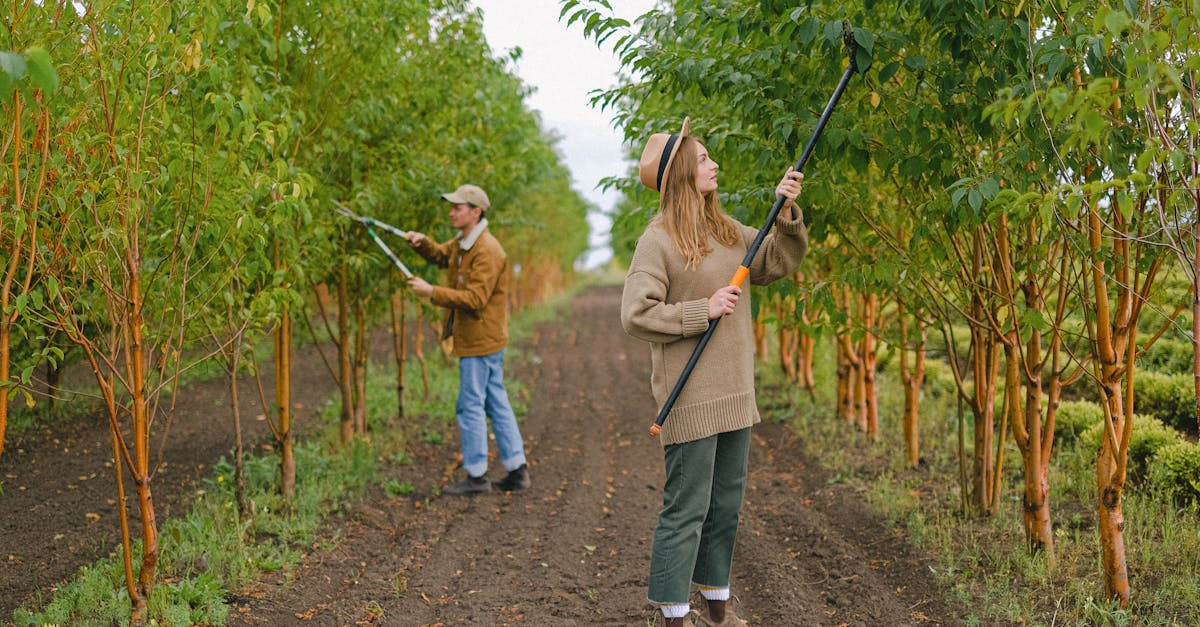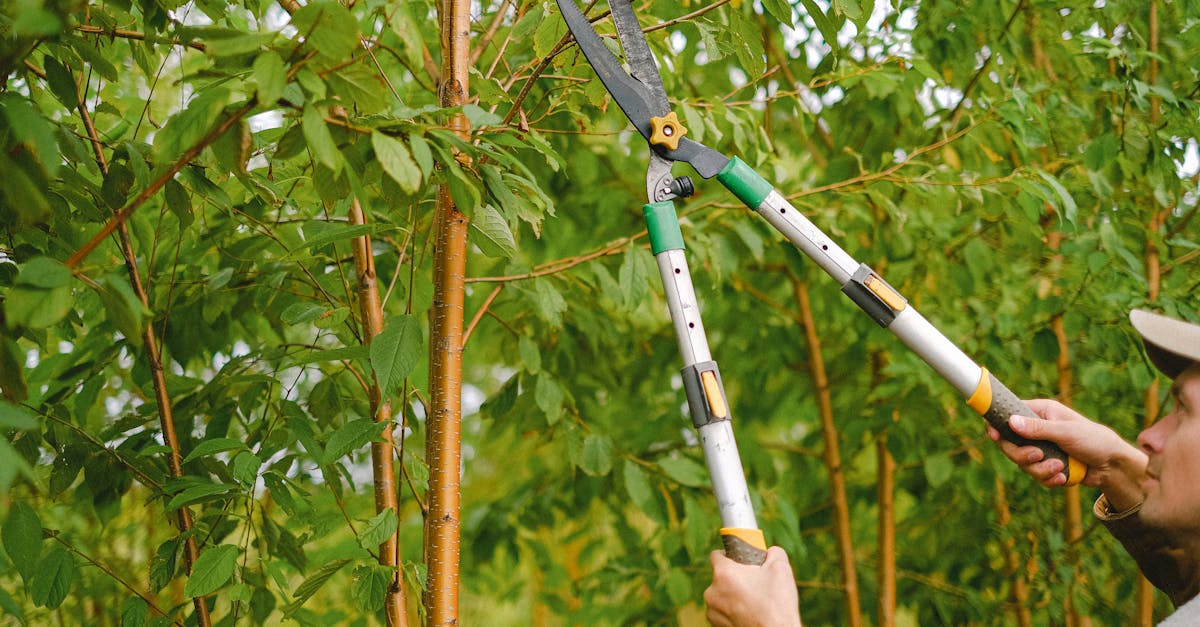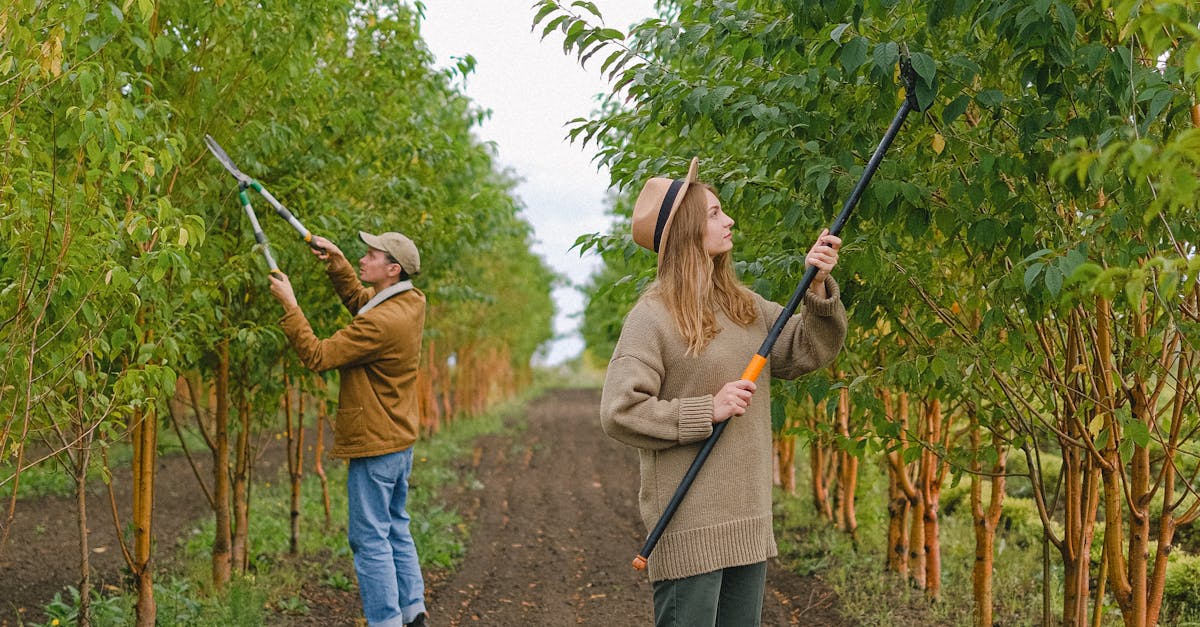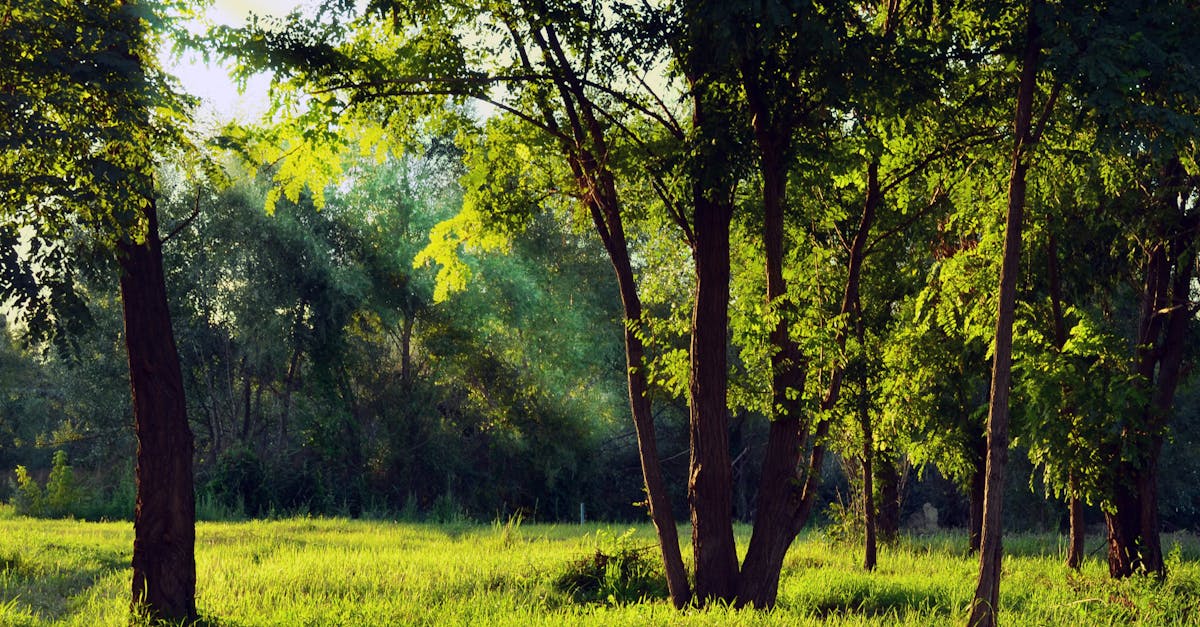
Tree Trimming
At Tree Service Springfield IL, we offer expert tree trimming services to help maintain and improve the health and appearance of your trees. Our skilled arborists carefully assess each tree to determine the best approach for trimming based on its species, size, and location. Whether your trees need shaping, thinning, or deadwood removal, we have the tools and expertise to safely and efficiently trim your trees to promote healthy growth and prevent potential hazards. With our attention to detail and commitment to customer satisfaction, you can trust Tree Service Springfield IL to provide top-quality tree trimming services for your property.
Common Tree Trimming Mistakes to Avoid
One common mistake to avoid when trimming trees is over-pruning. While pruning is essential for the health and appearance of trees, excessive pruning can have detrimental effects. It can weaken the tree, making it more susceptible to diseases and pests. Over-pruning can also lead to an imbalance between the tree's canopy and root system, affecting its stability.
Another mistake to steer clear of is topping or cutting off the tree's crown. This practice involves cutting across the main stems or branches of the tree, resulting in stubs that are not conducive to healthy growth. Topping can cause stress to the tree, promote rapid new growth that is weak and prone to breakage, and diminish the tree's aesthetic appeal. It is crucial to prune strategically and selectively to maintain the tree's health and structural integrity.
OverPruning Impact on Tree Health
Overpruning can have a significant negative impact on the overall health of trees. When trees are excessively pruned, they can become stressed, leading to increased vulnerability to diseases and pest infestations. Overpruning disrupts the tree's natural growth patterns and can result in a weakened structure, making it more susceptible to harsh weather conditions and wind damage.
Additionally, overpruning deprives trees of their ability to photosynthesize effectively, reducing their capacity to produce energy and vital nutrients. This can lead to stunted growth, poor flowering or fruiting, and overall diminished tree health. It is crucial for tree trimmers to understand the balance between removing excess or damaged branches and ensuring that the tree retains enough foliage to support its growth and well-being.
Tree Trimming Techniques for Different Tree Types
Different types of trees require different trimming techniques to ensure their health and growth. Deciduous trees, known for their broad leaves that shed annually, should typically be pruned during their dormant season to promote new growth in the spring. When trimming deciduous trees, it is essential to remove any dead or damaged branches to prevent disease and encourage proper air circulation within the canopy. On the other hand, evergreen trees, which retain their foliage year-round, benefit from light pruning throughout the year to shape their growth and maintain their density.
Fruit trees, such as apple or peach trees, have specific trimming needs to enhance fruit production. Regular pruning of fruit trees helps to open up the canopy, allowing sunlight and air to reach the inner branches, which promotes fruit development and ripening. Additionally, removing water sprouts and suckers from fruit trees diverts energy towards producing quality fruits rather than unwanted growth. Understanding the unique requirements of different tree types is crucial for effective trimming practices that support the overall well-being of the tree.
Pruning Fruit Trees for Higher Yields
Pruning fruit trees is essential for ensuring optimal fruit production and higher yields. When it comes to fruit trees, timing is crucial. It is recommended to prune fruit trees during their dormant season, usually in late winter or early spring. This is when the trees are not actively growing, making it the ideal time to shape the tree and promote new growth that will bear fruit.
Fruit trees should be pruned to maintain an open canopy that allows sunlight and air circulation to reach all parts of the tree. This helps in maximizing fruit production and quality. Focus on removing dead or diseased branches, as well as any crossed branches that may hinder growth. By selectively pruning and shaping the tree, you can encourage the growth of new branches that will bear more fruit, leading to higher yields during the fruiting season.
Tools and Equipment Needed for Tree Trimming
When it comes to tree trimming, having the right tools and equipment is crucial to ensure the job is done effectively and safely. A few essential items that every tree trimming kit should include are pruning shears, loppers, pruning saw, chainsaw, pole pruner, and safety gear such as gloves, goggles, and a helmet. These tools come in different sizes and shapes to accommodate various tree sizes and branches, allowing for precision and control during the trimming process.
Investing in high-quality tools is imperative for successful tree trimming. It is essential that all tools are kept sharp and clean to prevent damage to the tree while ensuring a smooth and precise cut. Dull tools can cause tearing and crushing of branches, leading to potential disease and pest infestations. Regular maintenance and sharpening of tools not only prolong their lifespan but also contribute to the overall health and appearance of the trees being trimmed.
Importance of Sharp and Clean Tools
Sharp and clean tools are essential for effective tree trimming. First and foremost, sharp tools help make clean and precise cuts on tree branches, which is crucial for the health of the tree. Clean cuts not only look better but also heal faster, reducing the risk of infection and disease. Dull tools can result in jagged cuts that take longer to heal and are more susceptible to pathogens, potentially harming the tree in the long run.
Additionally, using sharp and clean tools in tree trimming also benefits the overall appearance of the tree. Clean cuts promote better regrowth and help maintain the tree's natural shape and structure. Tools that are well-maintained ensure that the trimming process is smooth and efficient, leading to a more professional and aesthetically pleasing outcome. Therefore, regularly sharpening and cleaning tree trimming tools is essential for both the health and appearance of trees in the long term.
FAQS
How often should I trim my trees?
The frequency of tree trimming varies depending on the type of tree and its growth rate. As a general rule of thumb, it is recommended to trim trees at least once a year to promote healthy growth and maintain their appearance.
Is over-pruning harmful to trees?
Yes, over-pruning can have a negative impact on tree health. It can weaken the tree, leaving it more susceptible to diseases and pests. It is important to follow proper pruning techniques and avoid excessive trimming.
How can I prune fruit trees to increase yields?
Pruning fruit trees can help increase yields by promoting fruit production and improving the overall health of the tree. It is important to prune fruit trees during the dormant season, removing dead or diseased branches and shaping the tree to allow sunlight and air circulation.
What tools and equipment do I need for tree trimming?
Some essential tools and equipment for tree trimming include pruners, loppers, handsaws, pole pruners, and safety gear such as gloves and goggles. It is important to use sharp and clean tools to make clean cuts and prevent the spread of diseases.
Why is it important to use sharp and clean tools for tree trimming?
Using sharp and clean tools for tree trimming is essential to make clean cuts that heal quickly and reduce the risk of infection or disease. Dirty or dull tools can damage the tree and make it more vulnerable to pests and diseases. Regularly cleaning and sharpening your tools will ensure effective and safe tree trimming.
